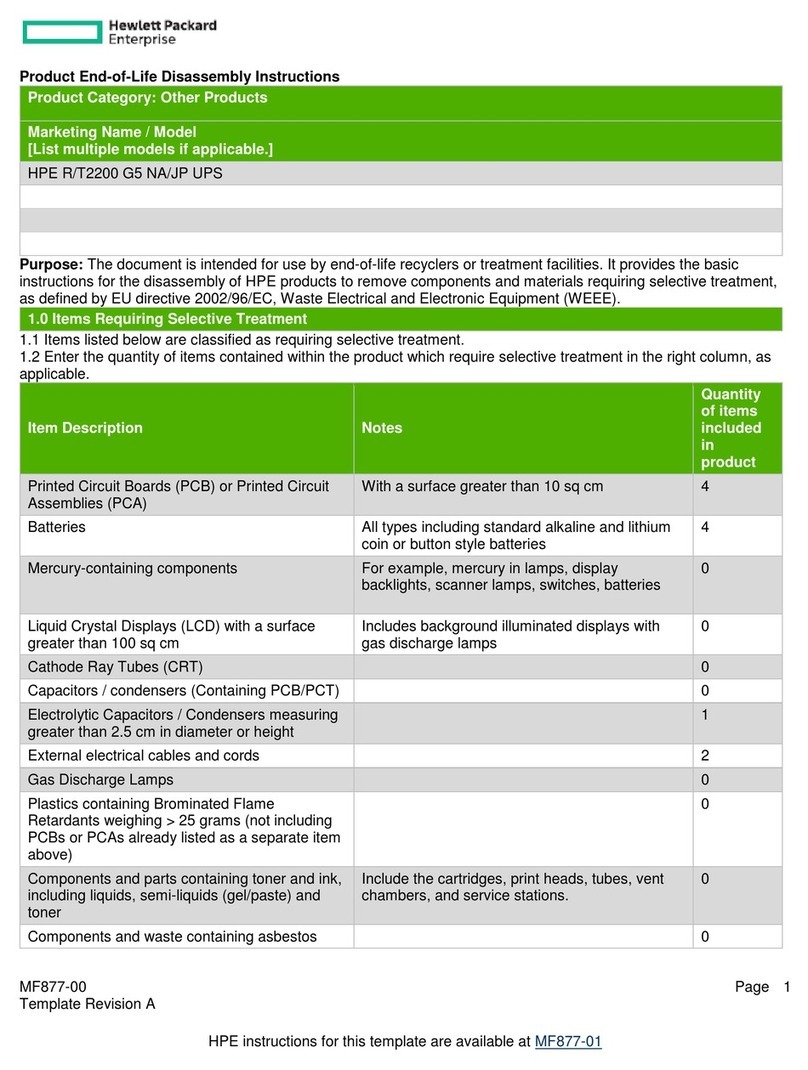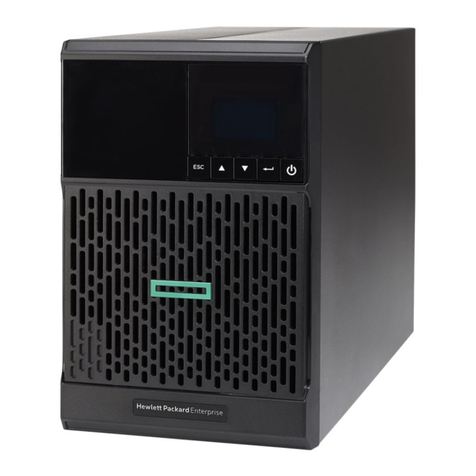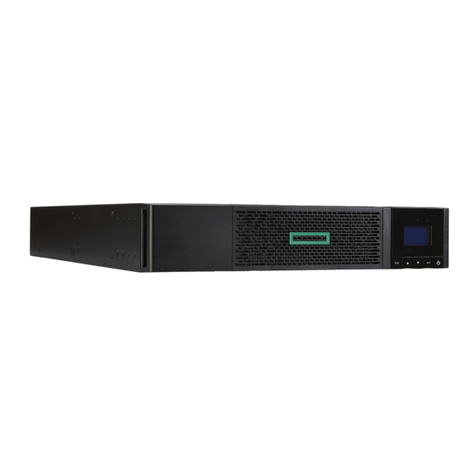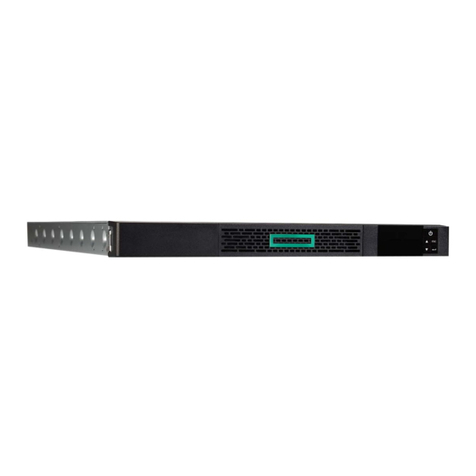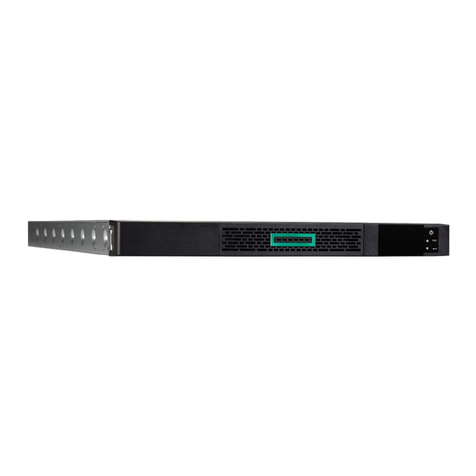
Contents
Component identification........................................................................... 5
Overview..............................................................................................................................................5
Front panel components......................................................................................................................5
UPS front panel controls......................................................................................................................6
Front panel LEDs.................................................................................................................................6
Rear panel components...................................................................................................................... 7
ERM rear panel components...............................................................................................................9
USB communications port...................................................................................................................9
Dry contact port................................................................................................................................... 9
ROO.................................................................................................................................................. 10
RPO port............................................................................................................................................11
Installation..................................................................................................13
Precautions........................................................................................................................................13
Preparing to install the hardware.......................................................................................................13
Tools and materials.................................................................................................................13
Selecting a site....................................................................................................................... 14
Preparing the equipment........................................................................................................ 14
Installing the mounting rails...............................................................................................................15
Installing the UPS..............................................................................................................................15
Connecting the battery............................................................................................................16
Connecting the serial communications port............................................................................18
Connecting the RPO port........................................................................................................18
Connecting the ground bonding cable....................................................................................19
Connecting the UPS to utility power....................................................................................... 19
Connecting devices to the UPS..............................................................................................21
Charging the UPS batteries....................................................................................................21
Starting power to the load.......................................................................................................23
Installing the ERM............................................................................................................................. 23
Connecting the ERM to the UPS............................................................................................ 24
Charging the ERM batteries................................................................................................... 24
Operations..................................................................................................25
Modes of operation............................................................................................................................25
Standby mode.........................................................................................................................25
Online mode........................................................................................................................... 25
Battery mode.......................................................................................................................... 25
Bypass mode..........................................................................................................................25
Configuring the UPS..........................................................................................................................26
Changing the language...........................................................................................................26
Changing display functions.....................................................................................................26
Verifying the RPO port connection.................................................................................................... 27
Powering down the UPS....................................................................................................................28
Power protector......................................................................................... 29
Power protector software...................................................................................................................29
3
